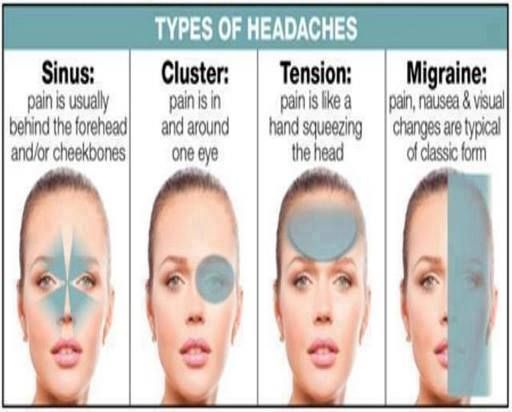Medically Reviewed by Poonam Sachdev on June 24, 2022
Try a washcloth soaked in warm water on your tired, achy eyes. Warm compresses can:
Wash your hands before you start so bacteria doesn’t get in your eyes. Dip your washcloth in water that you've boiled (to sterilize it) and cooled until lukewarm. Then put it on your eyes for 5-10 minutes, or as long as your doctor advises.
Different tasks call for different types of light. While you watch TV, it's easier on your eyes to keep the room softly lit. When you read, put the light where it's behind you and pointed toward the page, out of your eyes. On digital screens, adjust the brightness to match the level of light around you. Also, adjust the screen's contrast, so your eyes don't have to strain to see.
With these prescription eyeglasses, your eyes can focus at computer screen distance. That's about 20-26 inches from your face. Some have special lenses to help you quickly shift focus between close, middle, and far distances. Before you go shopping, understand that computer glasses are not the same as those that block blue light. Blue light-blocking specs may make you more comfortable, but they don't always prevent eyestrain.
Eye experts link this technique to an alternative therapy called The Bates Method, named for eye doctor William Bates. He questioned whether glasses were the only way to fix a person's vision. Research shows his method doesn't correct eyesight, but palming could help to ease eyestrain. Cup your palms over your closed eyes, putting no pressure on your eyeballs. The idea is that this can help to relax your eyes.
Small tweaks can make a big difference to your eyes. Make sure your screen is about arm's length (20-26 inches) away from your face. The center of the screen should be slightly below eye level (4-5 inches). It helps to have a chair you can move up and down.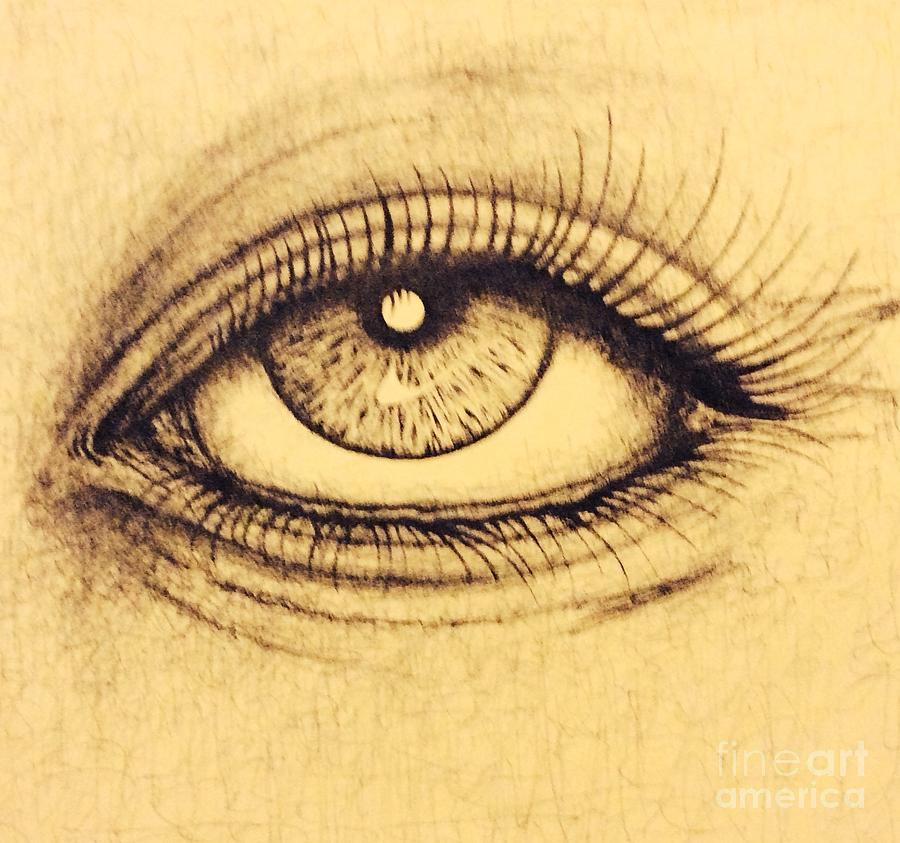 Adjust the text size so you don't squint. And try a document holder next to your monitor for printed papers. This limits how much you move your eyes back and forth.
Adjust the text size so you don't squint. And try a document holder next to your monitor for printed papers. This limits how much you move your eyes back and forth.
Tea bags are good for more than a hot drink. They also work as a relaxing cold compress for your eyes. After you've brewed chamomile or regular tea, put the bags in a clean container in the fridge. Once they've cooled, put them on your eyelids to help soothe your eyes and reduce swelling. Make sure you've washed your face and hands well and taken out your contacts. And don't get any tea in your eyes.
Your eyes have muscles, and they can benefit from a workout, too. Try this: Hold your finger a few inches from your eyes and focus on it. Then, focus far into the distance, then back on your finger. Repeat a few times. Or, close your eyes, roll them up toward the ceiling, then down toward the floor. Look to the right, then left. These exercises may help ease eye fatigue. But they won't actually make your eye muscles stronger.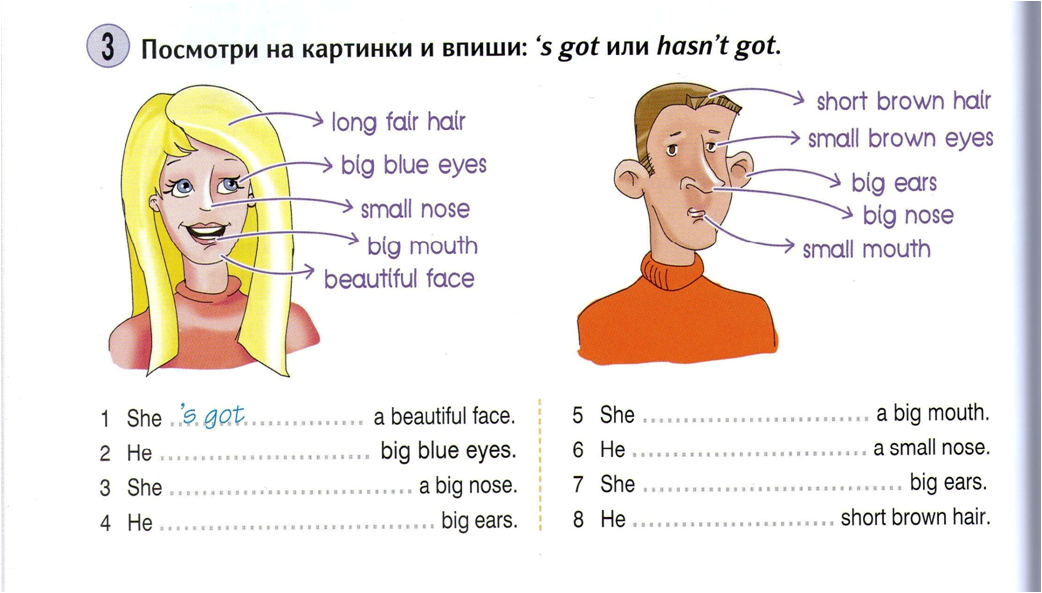
Experts say that when you use a digital device, you should take regular screen breaks. They recommend the 20-20-20 rule. Take a 20-second break to look at something 20 feet away every 20 minutes. Another tip: for every 2 hours of screen time, rest your eyes for 15 minutes.
When your eyes are dry, they feel more tired. Use a humidifier to add moisture to the air and your eyes. A humidity level of at least 45% is best. Also, adjust your thermostat or move away from vents so dry air doesn't blow on your face. If you smoke, think hard about quitting.
Over-the-counter or prescription eye drops relieve dry, tired eyes. Use them even when your eyes feel fine to keep them moisturized and stop your symptoms from coming back. Or, if you prefer to make natural tears, remember to blink more often, especially when you're on a digital device. We usually blink 15 times in a minute. But when we're on a computer, that drops to 5-7 times.
IMAGES PROVIDED BY:
1) WebMD / Alexander Hadjidakis
2) Getty
3) Getty
4) Getty
5) Getty
6) Getty
7) Getty
8) Getty
9) Getty
10) Getty
SOURCES:
UCLA Health: "Computer-Related Eye Fatigue. "
"
Mayo Clinic: "Mayo Clinic Q and A: Relief for your dry eyes," "Eyestrain," "A look inside your eyes."
University of Rochester Medical Center: "Ice Packs vs. Warm Compresses For Pain."
University of Michigan Kellogg Eye Center: "Eyelid Spasms (Eye Twitching or Eye Twitch)."
All Wales Medicine Study Group: "Dry Eyes Syndrome."
Optometry and Vision Science: "Blue-blocking Filters and Digital Eyestrain."
Journal of Physical Therapy Science: "Effects of yogic eye exercises on eye fatigue in undergraduate nursing students."
Ophthalmic & Physiological Optics: The Journal of the College of Optometrists: "The Bates method, elixirs, potions and other cures for myopia: how do they work?"
Bates Method International: "Palming."
Molecular Medicine Reports: "Chamomile: A herbal medicine of the past with bright future."
Johns Hopkins Medicine: "How to Get Rid of Bags Under Your Eyes."
Harvard Medical School: "Most cases of pink eye (conjunctivitis) don’t require antibiotics. "
"
National Institutes of Health: "Exercises and Stretches."
University of Rochester Medical Center: "Don't Ignore Dry Eyes."
Prevent Blindness: "Computers and Your Sight."
American Academy of Ophthalmology: "Computers, Digital Devices and Eye Strain."
American Optometric Association: "Computer Vision Syndrome."
© 2022 WebMD, LLC. All rights reserved. View privacy policy and trust info
Written by Rick Ansorge
Your eyes are burning, itchy, and tired. It’s a common condition but rarely serious. You can take simple steps to prevent or ease this problem.
It those tactics don’t work, see your doctor. What you’re feeling could be a sign of a deeper condition that requires treatment. This is especially important if you have headaches or other problems like:
Anything that requires intense eye use can cause fatigue. Some of the most common are:
Some of the most common are:
If you look at bright light or spend time in a place that’s too dim, it can also tire your peepers.
Your eyes might get tired easily if you stare for long periods at a computer, smartphone, or game console. The eye doctor might call this computer vision syndrome or digital eye strain. It affects most people who use one. Some estimates say computer-related eye symptoms may be responsible for up to 10 million eye doctor visits a year. The problem is expected to grow as more people use smartphones and other handheld digital devices, which force your eyes to work harder than usual as they strain to focus on tiny words.
Digital devices may also be linked to eye fatigue because you tend to blink less often when looking at a computer screen. People usually blink about 18 times a minute. This naturally refreshes the eyes. But studies suggest that people only blink about half as often while looking at a computer or other digital device.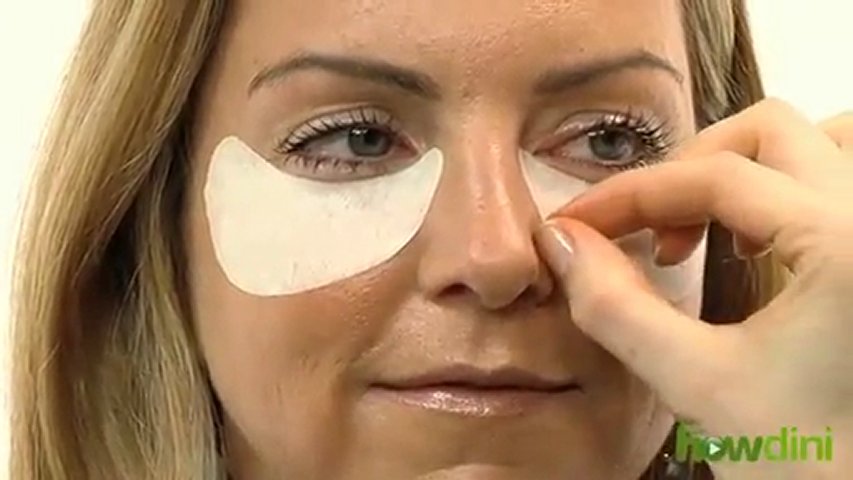 This can result in dry, tired, itchy, and burning eyes.
This can result in dry, tired, itchy, and burning eyes.
Be on the lookout for:
These symptoms can lower your productivity. If you stay awake for long hours working, you can make the problem worse. Sleep refreshes your eye with essential nutrients. Lack of sleep may lead to repeated eye irritation.
Make some simple changes to:
Your computer screen:
Your work environment:

Your work habits:
Your eye-care routine:
If you have eye fatigue or pain, see an eye doctor to make sure a deeper medical condition isn’t to blame.
If the problem doesn’t go away, make an appointment for a full eye exam. The doctor can make sure your symptoms aren’t linked to a problem like an eye muscle imbalance or dry eye. They can also tell if your glasses or contact lens prescription is up to date and good for computer use.
They can also tell if your glasses or contact lens prescription is up to date and good for computer use.
Dryness or irritation, gritty feeling in the eyes, blurred vision, increased sensitivity to light, pain in the neck, shoulders or back are symptoms familiar to millions of people. We tell you whether excessive eye strain is dangerous for vision, whether glasses are needed and how to deal with unpleasant symptoms.
The cause of eye fatigue is any activity that requires straining eyesight for a long time: working at a computer, reading and writing, doing small types of needlework, long driving. Incorrectly selected glasses can also cause fatigue.
Asthenopia, otherwise known as visual fatigue, occurs when the muscles responsible for the movement of the eyeballs and changes in the curvature of the lens, that is, the focus of vision, are overstrained. Asthenopia reduces productivity and causes discomfort, but in general it is not dangerous and passes if measures are taken to eliminate it in time. If systematic eye strain is ignored, complications are possible up to a permanent deterioration of vision.
If systematic eye strain is ignored, complications are possible up to a permanent deterioration of vision.
Types of asthenopia:
In addition to affecting vision, asthenopia reduces the immunity of the eyes to infections. Against the background of overwork of the eye muscle, conjunctivitis and blepharitis (inflammation of the eyelids) can develop.
A special form of asthenopia is computer vision syndrome. The reason for it, as you can easily guess by the name, is a long work at the computer. You are probably familiar with this syndrome if you spend more than three hours a day in front of a computer. As a rule, rest and prevention help to quickly return vision to normal. But if you start the problem, permanent damage to the eyes is possible.
But if you start the problem, permanent damage to the eyes is possible.
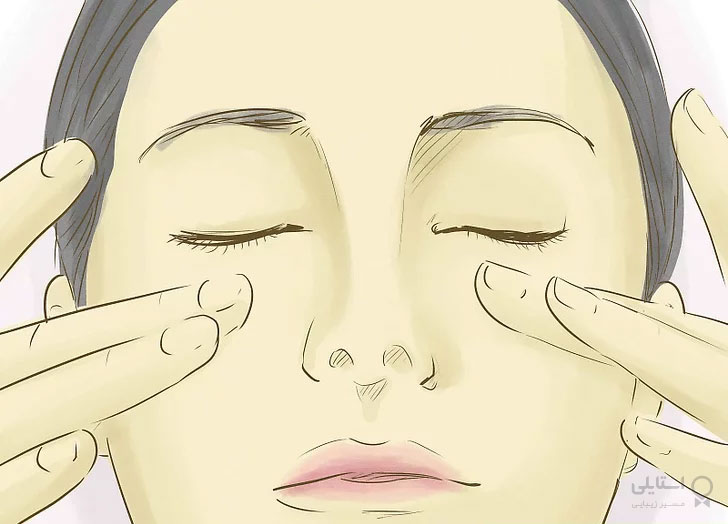
If you work long hours on the computer or have to focus on small objects, you won't be able to completely avoid asthenopia. But proper preventive measures help reduce unpleasant symptoms and preserve vision.
 If the symptoms are severe, the ophthalmologist will prescribe other drugs: mydriatics to relax the ciliary muscle, antibacterial and antihistamines to eliminate the infection, or keratoprotectors to restore the cornea.
If the symptoms are severe, the ophthalmologist will prescribe other drugs: mydriatics to relax the ciliary muscle, antibacterial and antihistamines to eliminate the infection, or keratoprotectors to restore the cornea. 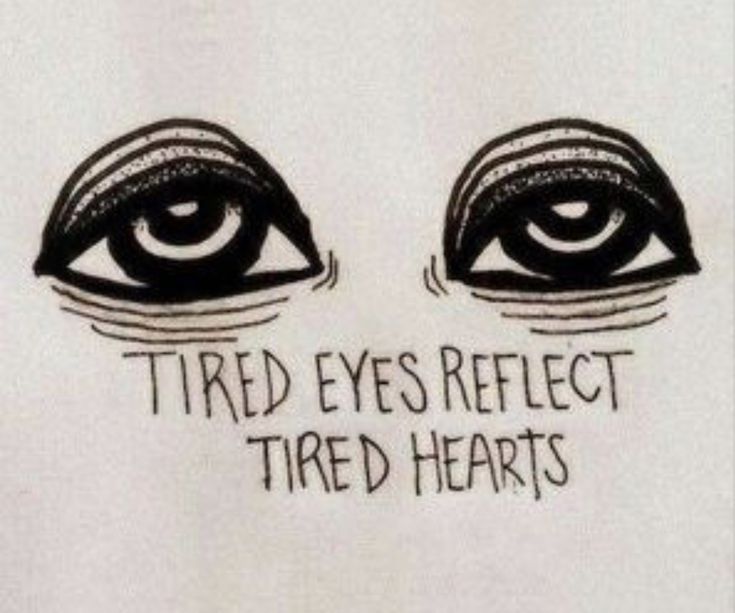 The simplest and most effective exercise is 20/20/20: once every 20 minutes, look from the monitor to an object that is 20 steps away from you and look at it for at least 20 seconds.
The simplest and most effective exercise is 20/20/20: once every 20 minutes, look from the monitor to an object that is 20 steps away from you and look at it for at least 20 seconds. Eye gymnastics relieves muscle spasms, helps to relax the eyes, restores clarity of vision, reduces dry eyes and prevents headaches. Here are the most effective exercises:
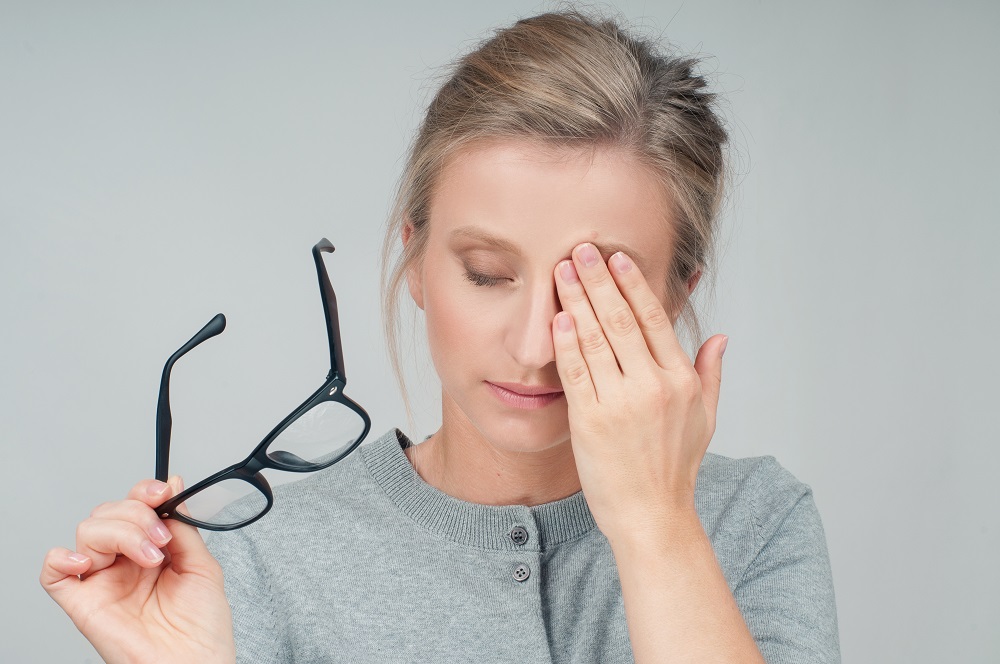
Although even a person with perfect vision can experience asthenopia, it is more common in people who already suffer from muscle dysfunction due to astigmatism, nearsightedness or farsightedness. In the salons of the Lensmaster network, you can get a free vision test and choose glasses or lenses that will relieve you of the unpleasant symptoms of eye fatigue.
Eye health is directly related to whether you can control the load on your eyesight and provide your eyes with sufficient rest. Experts from the Lucky Look federal network of opticians tell you how to relieve eye fatigue and reduce eye strain if you work at a computer.
Sign up for a free vision test
Contents
Any visual discomfort indicates that it is time to take a break from work and give the eyes a chance to rest.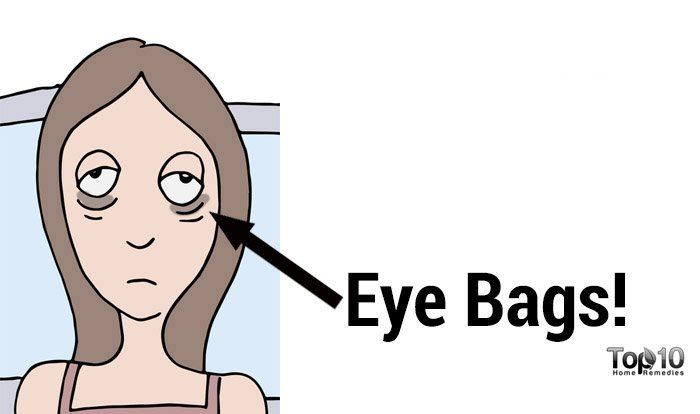 Experts identify the main symptoms that indicate overexertion of the visual system:
Experts identify the main symptoms that indicate overexertion of the visual system:
Be careful, these symptoms can also signal the presence of serious visual impairment! To rule out negative scenarios, you need visit an ophthalmologist.
Increased visual fatigue can indicate serious disorders, so do not put off a visit to the ophthalmologist
Why does vision deteriorate? The main causes of this phenomenon are distinguished:
High eye strain. This is often faced by schoolchildren and students who are forced to read and write a lot, as well as office workers whose activities involve continuous sitting at a computer or reading documents.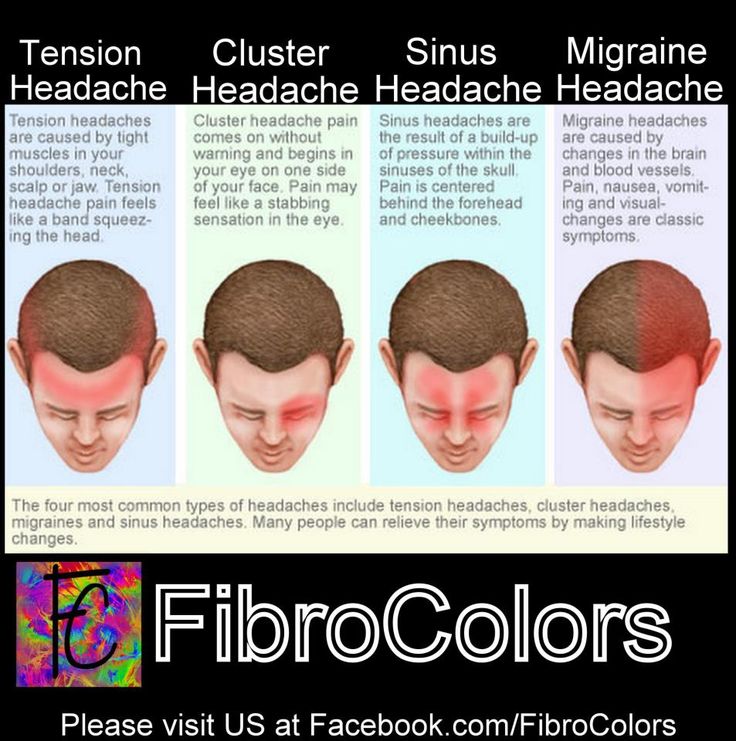
Also, if you are fond of computer games, like to watch TV shows on mobile gadgets - smartphones or tablets - or spend all your free time with a book, your eyes are also subjected to a high load.
To minimize problems with this lifestyle, you need to take breaks as often as possible and give your eyes regular rest.
Computer vision syndrome. This is a whole complex of symptoms, which is caused by overexertion of the visual system due to prolonged use of the computer. The reason for the development of the symptom is not so much the need to look at the monitor for a long time, but the functional change in your posture, eyes, neck. For example, the constant sliding of the gaze from the keyboard to the monitor and back leads to accommodative asthenopia, which is manifested by discomfort, eye fatigue, pain, pain in the superciliary region, blurred vision of the object of fixation.
Subsequently, this can cause problems such as myopia (nearsightedness), accommodation spasm (inability to focus on small objects and details) and dry eye syndrome.
Properly organized workplace and touch typing skills will help to minimize the harm from constant work at the computer.
Dry eye syndrome. Often appears on the basis of computer vision syndrome, develops due to insufficient moistening of vision: with concentrated work at a computer, a person blinks less often, as a result of which the tear film dries up. Plus - the air near the computer heats up and also becomes dry.
Organize your workplace and use special glasses for working at the computer
In the summer season, when air conditioners are in operation, the pathological effect of dry air on the eyes only intensifies. And if you use contact lenses, the syndrome develops even faster.
To reduce the negative impact of external factors and provide more comfortable conditions for the eyes, place a humidifier near your workplace. Also buy moisturizing drops (choose them with the help of an ophthalmologist) and use them several times a day. Try to blink as often as possible.
Try to blink as often as possible.
During a break, do light eye exercises:
To maintain the effect, apply moisturizing drops selected by an ophthalmologist to your eyes. Do not self-medicate, be sure to seek help from a specialist - moisturizing drops come in different viscosities, they can have a healing effect, or they can simply moisten the surface of the eye. Only an ophthalmologist will determine what exactly your vision needs and select the necessary remedy.
Sign up for a free vision test
By the way, gymnastics also requires prior consultation with a doctor. Make sure you have no contraindications. Also, the ophthalmologist can advise other types of gymnastics.
Make sure you have no contraindications. Also, the ophthalmologist can advise other types of gymnastics.
There are several rules that must be observed in everyday life. Thanks to this, you can significantly reduce the load on your eyesight, and your eyes will get tired much less.
If you work at a computer, the first thing you need to do is to properly organize your workplace.
 Be sure to adjust the brightness and contrast of the image for yourself. Remember that an excessively bright screen tires your eyes.
Be sure to adjust the brightness and contrast of the image for yourself. Remember that an excessively bright screen tires your eyes. 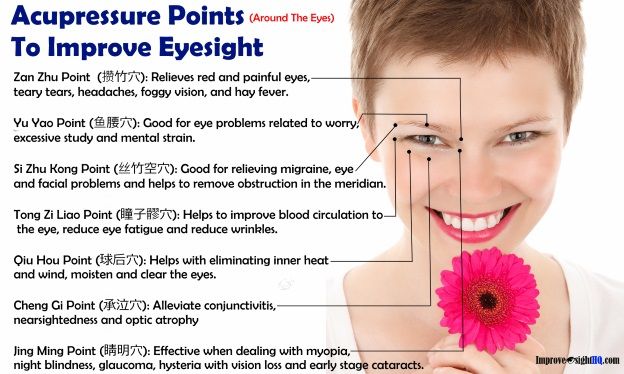
The health of your eyes depends on your daily habits. Hygiene of vision allows you to maintain good health and reduces eye fatigue, even under conditions of increased stress.
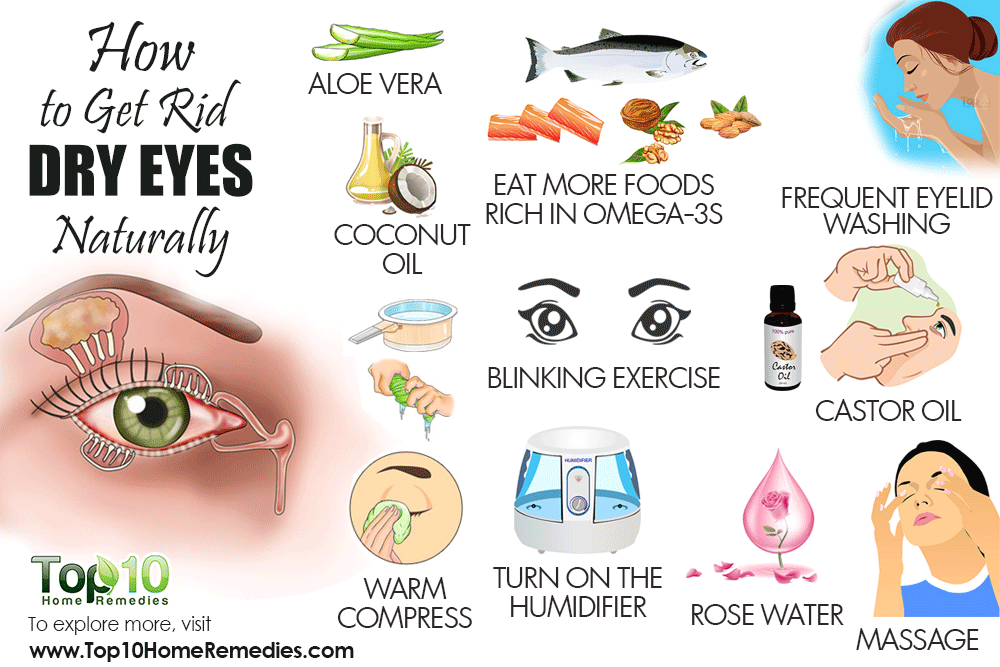 The light source should be behind and slightly above;
The light source should be behind and slightly above; Sign up for a free vision test
 Men should also pay enough attention to washing, because during the day dust and dirt particles settle on the eyelashes, which can get into the eyes;
Men should also pay enough attention to washing, because during the day dust and dirt particles settle on the eyelashes, which can get into the eyes; Simple exercises that should be done regularly throughout the day will help to quickly relieve fatigue from the eyes. But this is not enough! To make your eyes less strained and tired, it is important to provide the right conditions:
